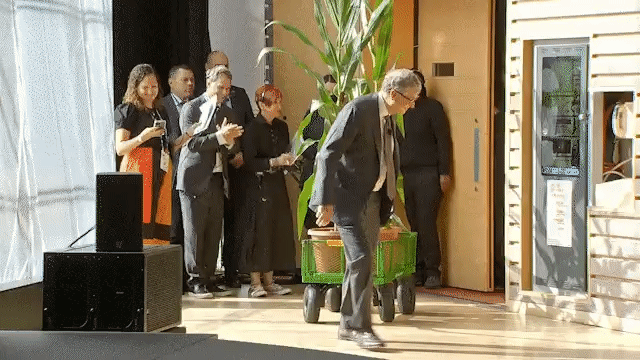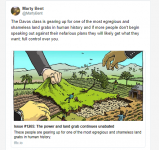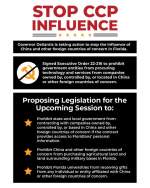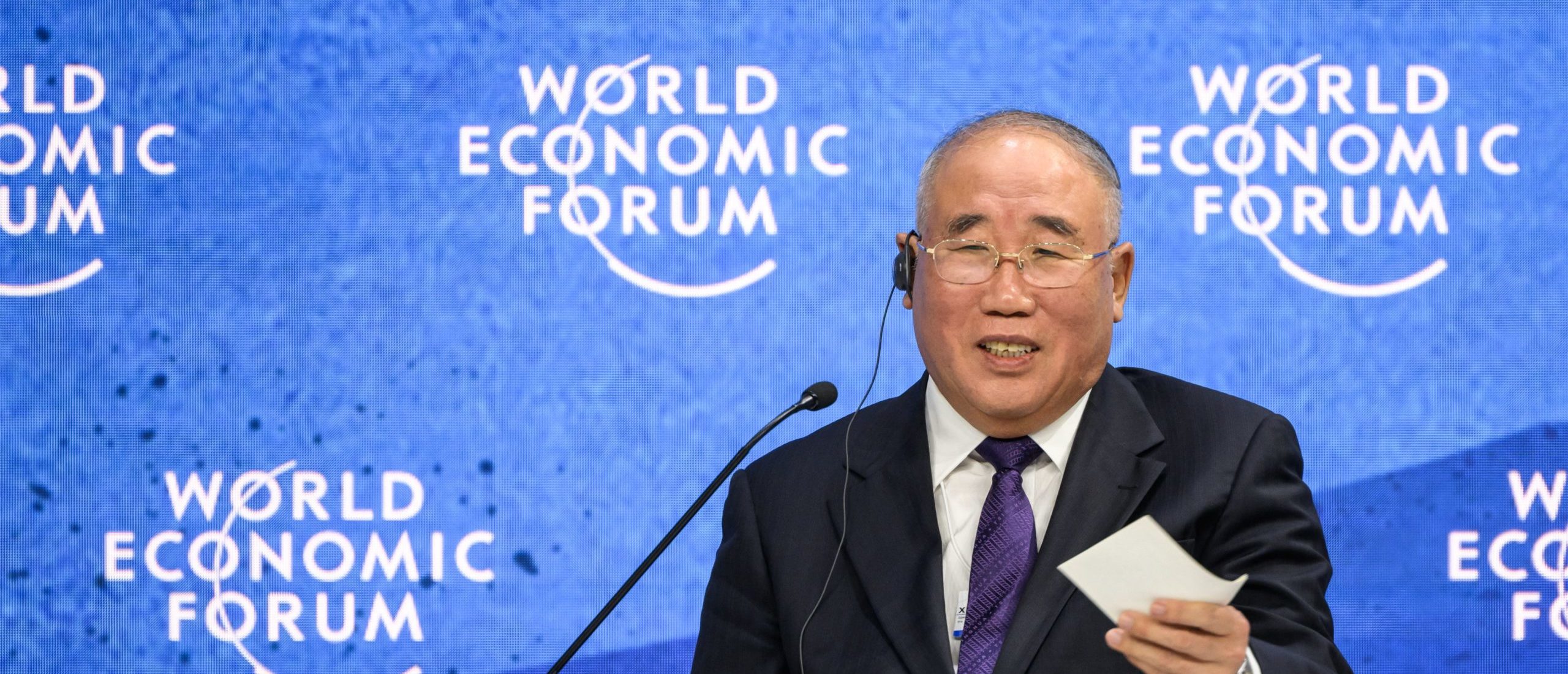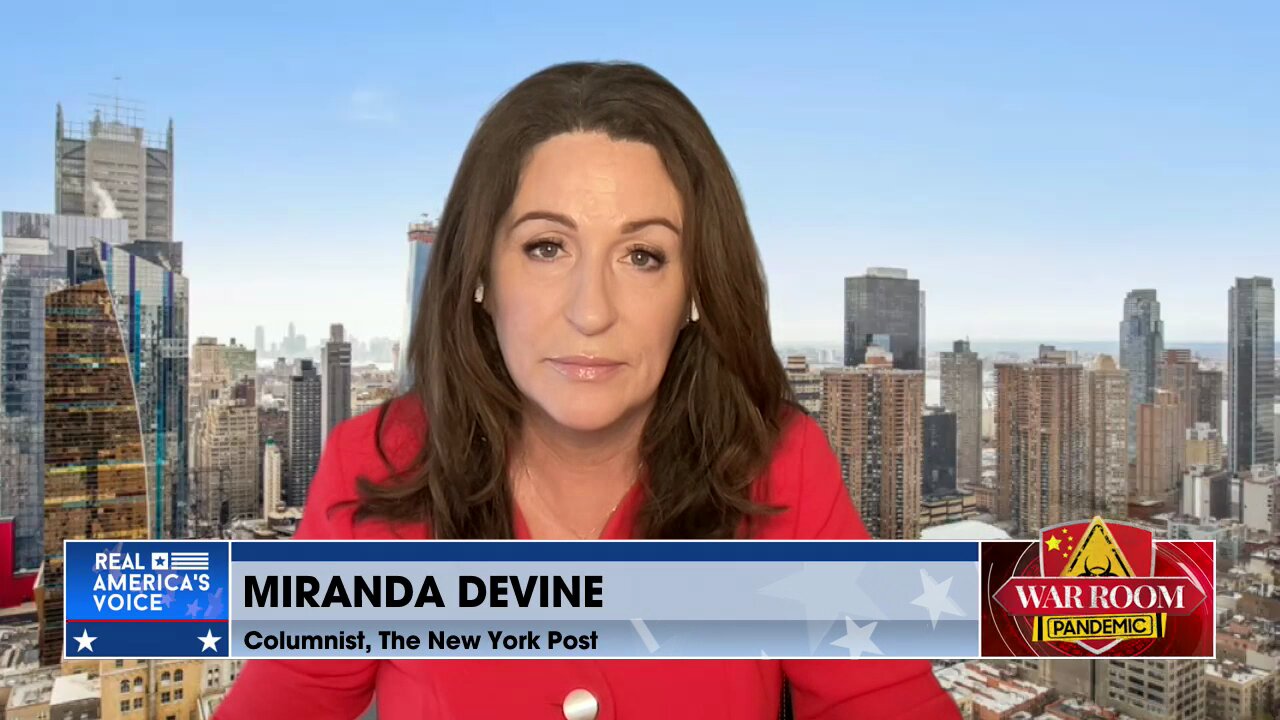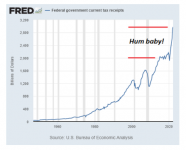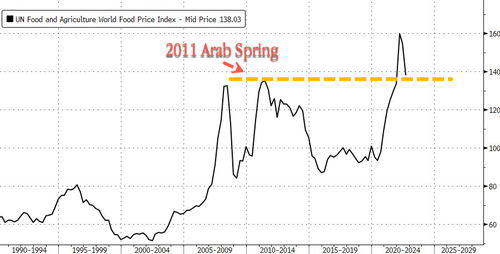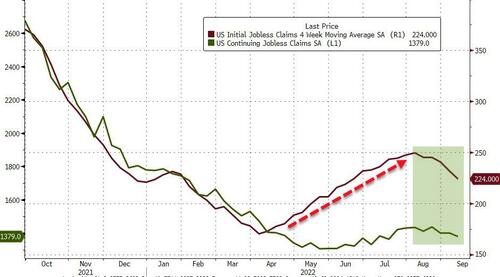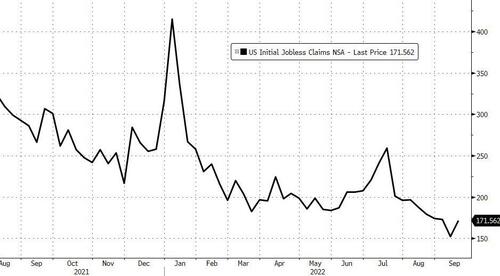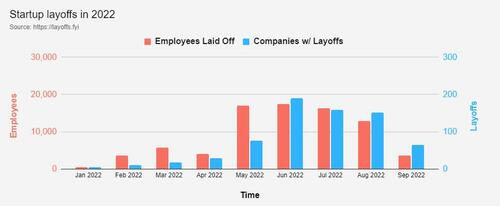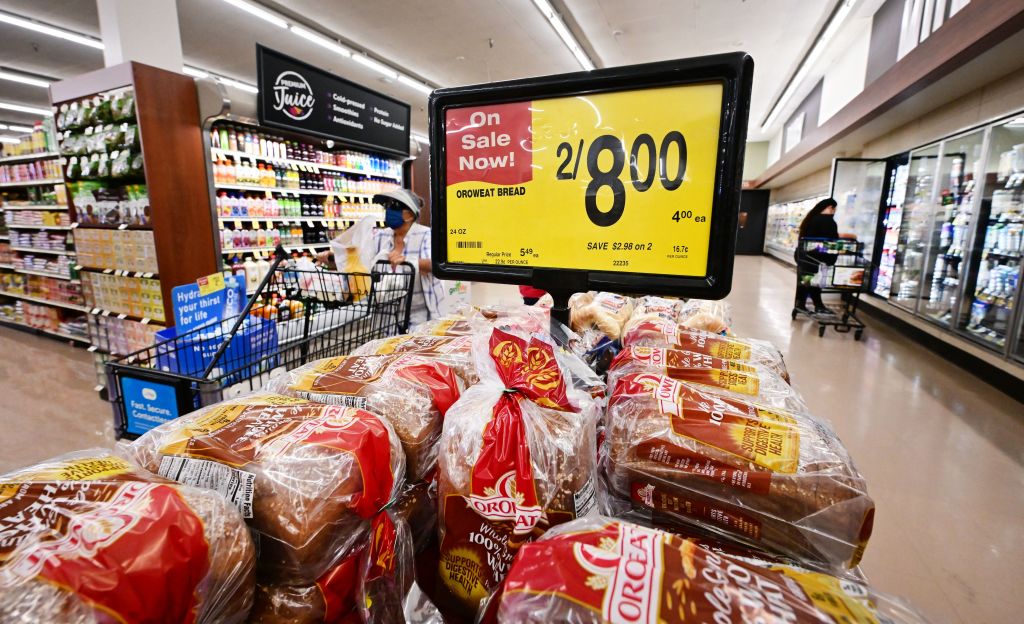ZeroHedge - On a long enough timeline, the survival rate for everyone drops to zero

www.zerohedge.com
Looking At The Economic Myth Of The "Soft Landing"
THURSDAY, SEP 22, 2022 - 10:40 AM
Authored by Frank Shostak via The Mises Institute,
According to commentators, countering inflation requires monetary authorities to actively restrain the economy, with “experts” believing that higher interest rates need not cause an economic slump. Instead, they believe that the Fed can orchestrate a “soft landing.” It is questionable, however. that a soft-landing scenario is possible.
Money Printing Creates Economic Damage
If inflation is defined as increases in the money supply rather than increases in prices, then it becomes clear that all that is required to counter it is to close all the loopholes for the generation of money out of “thin air.” The increases in the money supply and not increases in prices inflict damage to the wealth generation process.
Originally, paper money was not regarded as money but merely as a representation of gold. Various paper money receipts represented claims on gold stored with the banks. The holders of paper receipts could convert them into gold whenever they deemed necessary. Because people found it more convenient to use paper receipts to exchange for goods and services, these receipts came to be regarded as money itself.
By fulfilling the role of the medium of exchange, money enables something to be exchanged for it and this, in turn, enables the received money to be exchanged for something else, also by means of money. If the receipts for gold that are accepted as genuine money are backed by gold. there will be an honest exchange—i.e., something for something or wealth for wealth.
In contrast, receipts not backed by gold, which are employed in an exchange, set in motion an exchange of nothing for something. The unbacked receipts are not proper money, which is gold. By means of the unbacked by gold receipts, goods are diverted from wealth generators to the holders of the unbacked by gold receipts. This in turn weakens wealth generators and in turn weakens the process of wealth formation.
To clarify this point further, consider counterfeit money, which is generated by a forger. The forged money looks exactly as the genuine money. Also, note that the honest money is obtained by selling some useful goods for it. Thus, a potato farmer has obtained the one ounce of gold by selling ten potatoes for it. In contrast, no goods are exchanged to obtain the phony money. The forger just prints the phony money, hence the counterfeit money emerged out of “thin air.”
As soon as the forged money is exchanged for goods, nothing is exchanged for something. This leads to the channeling of goods from those individuals that have produced goods to the forger in return for nothing. In this sense, increases in the money supply out of “thin air” always set in motion an exchange of nothing for something. Alternatively, we can also say that the money supply out of “thin air” leads to consumption without the preceding production of goods.
Money Supply Out of “Thin Air” and Boom-Bust Cycles
On a pure gold standard where money is gold, an increase in the unbacked by gold receipts constitutes an increase in the money supply out of “thin air.” In the modern world, the money supply is similar to the unbacked by gold receipts, since the money supply is without any gold backup. Hence, in the modern world any increase in the money supply constitutes an increase in the money supply out of “thin air.”
Consequently, in the modern world an increase in the money supply—i.e., money supply out of “thin air,” sets the platform for nonproductive activities, consumption without the production of anything of value. For instance, a counterfeiter embarking on the purchases of various goods is stimulating support for these goods. The increase in the production of these goods would not emerge, all other things being equal, in the absence of the increase in the phony money supply.
Savings that are required to support the production of goods demanded by the counterfeiter are channeled toward the production of these goods. As a result, this undermines the production of goods by wealth generators.
Once the counterfeiter’s activities are exposed and the falsifier is forced to slow down on the activities of falsification or stop the act of forgery entirely, the support for various goods that the counterfeiter demands begins to slow down or comes to a halt altogether. As a result, the production of these goods also begins to slow down or come to a halt.
An economic boom features the increase in the production of goods that initially occurs because of the increase in the money supply out of “thin air.” When the production of goods ultimately declines because of the decline in the money supply out of “thin air,” we call it an economic bust. Hence, what we have here is a boom—bust cycle due to changes in the growth rate of unbacked money.
Central Bank Interest Rate Policies Distort Market Signals
In a free market, interest rates fluctuations mirror changes in consumer preferences regarding present versus future consumption. If consumers prefer to consume less at present versus future consumption, this results in a decline in the market interest rates, and, conversely, if consumers consumer more in the present, this is followed by an increase in market interest rates.
A decline in interest rates in a free market emerges in response to consumers lowering their preference toward present consumption versus future consumption. Business owners, if they want to succeed, must abide by interest rates signals. This means that business owners must allocate resources toward the buildup of an infrastructure in order to be able to produce some time in the future a larger quantity of various consumer goods.
Whenever, the central bank tampers with financial markets and manipulates market interest rates, this falsifies consumers’ instructions to businesses. As a result, businesses invest in the wrong infrastructure that is not in line with consumers’ wishes. Because of the misallocation of resources, the process of economic impoverishment is set in motion.
Raising Interest Rates Also Will Undermine the Economy
Another problem with a tighter interest rate policy is that it not only undermines nonproductive activities, but also wealth generating activities, thereby prolonging an economic slump by slowing down the expansion of the pool of wealth. Thus, it is not possible to devise a policy that will curtail nonproductive activities without inflicting pain to the economy.
The so-called soft landing term is borrowed from the idea that economy can be regarded as a spaceship that slipped from a trajectory of stable economic growth and price stability. By a popular way of thinking, it is the role of the central bank to make sure that economy follows along the path of stable economic growth and price stability.
This view states that all that is required to fix the problem is for the central bank to give a suitable push to the economy—i.e., the spaceship—to bring it back to the correct path. The push is done by means of monetary policy. The economy, however, reflects activities of individuals. Any tampering with individuals’ conduct only generates further distortions. Hence, it is a fallacy that central bankers can navigate the economy without generating various side effects to individuals.
This, however, is not the view of economic commentators such as Paul Krugman. In a recent
New York Times article, “Must We Suffer to Bring Inflation Down?” (August 23, 2022), Krugman suggests that by means of suitable government controls it is possible to orchestrate a soft landing.
Conclusion
We suggest that it is not possible to have such a thing as a “soft landing.” Once an economic boom was set in motion by means of easy monetary policies by the central bank, a tighter monetary stance is going to activate an economic bust.
The economic hardship can be mitigated by a quick closure of all the loopholes for the creation of money out of “thin air.” This will work toward the expansion of the pool of wealth. With the increase in the pool of wealth, it is going to be much easier to absorb various misallocated activities.


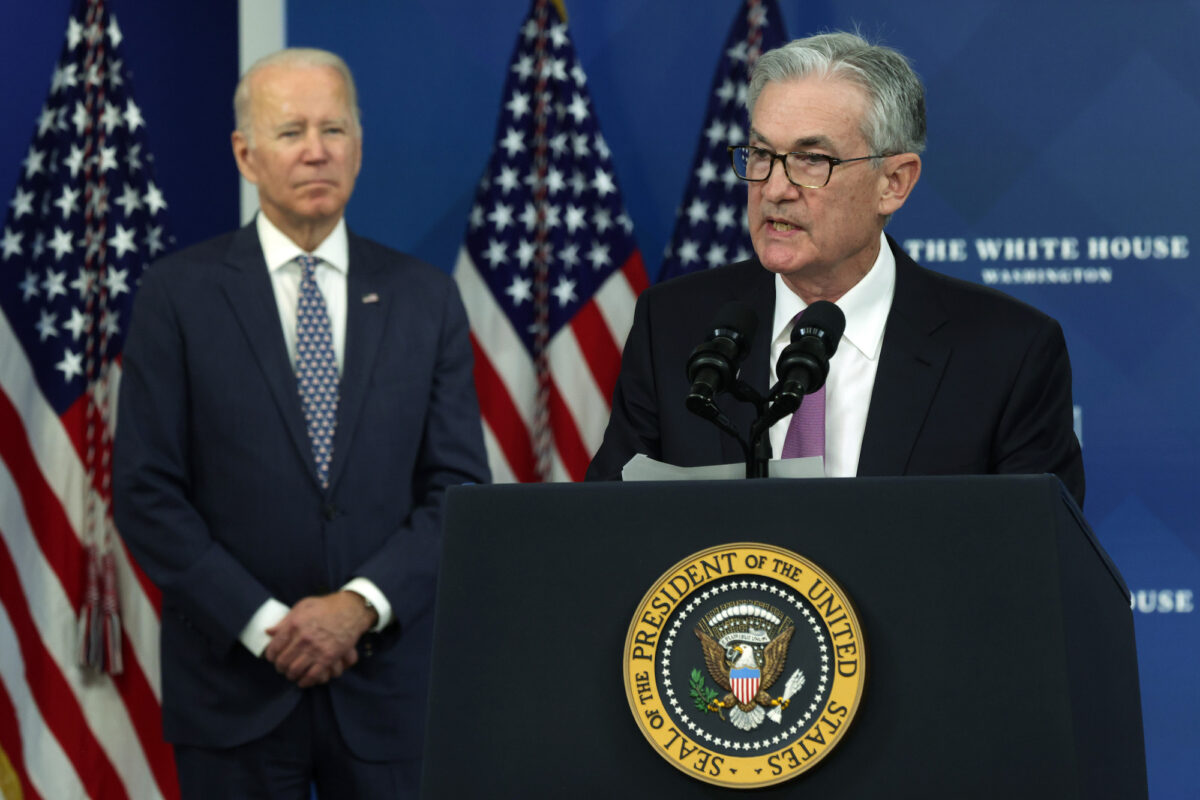

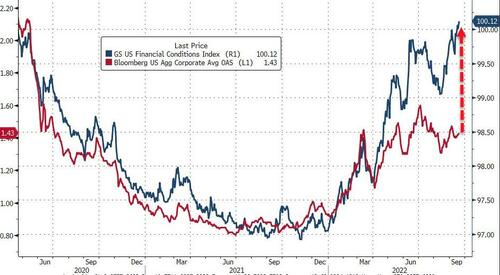
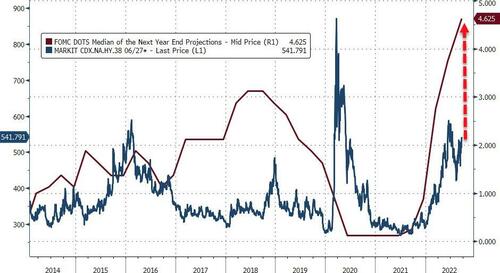
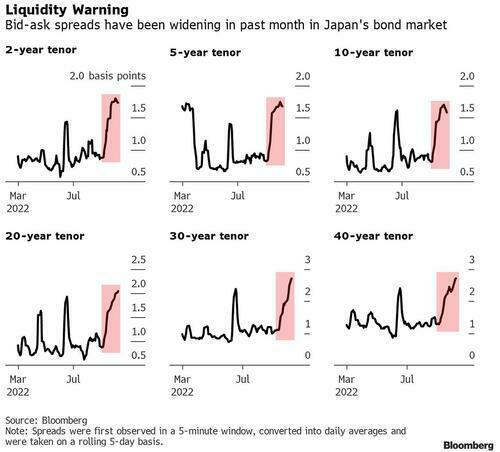

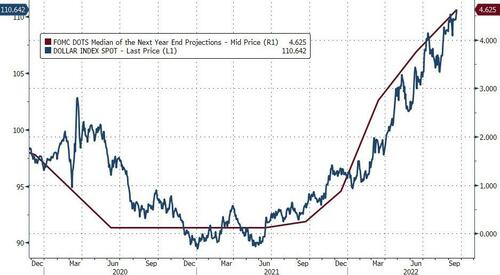
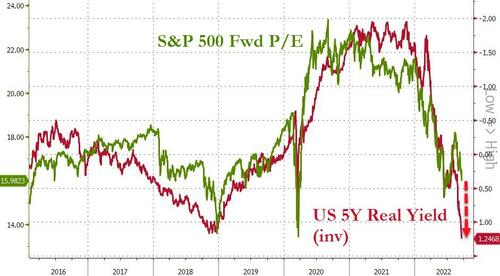




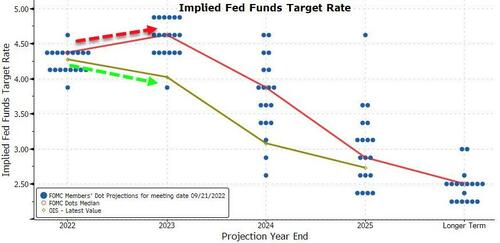
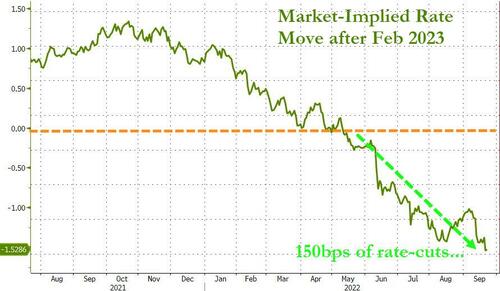

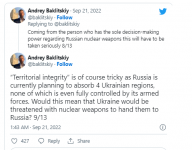



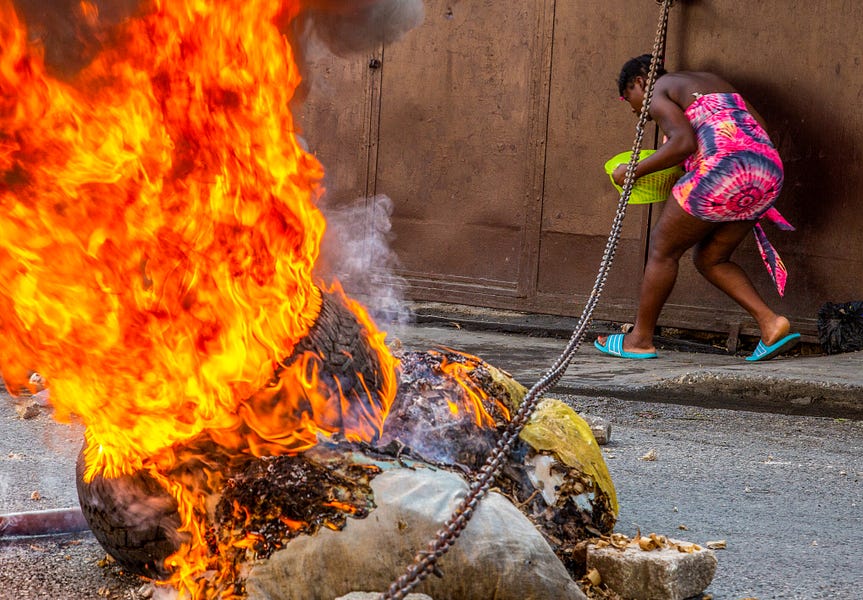
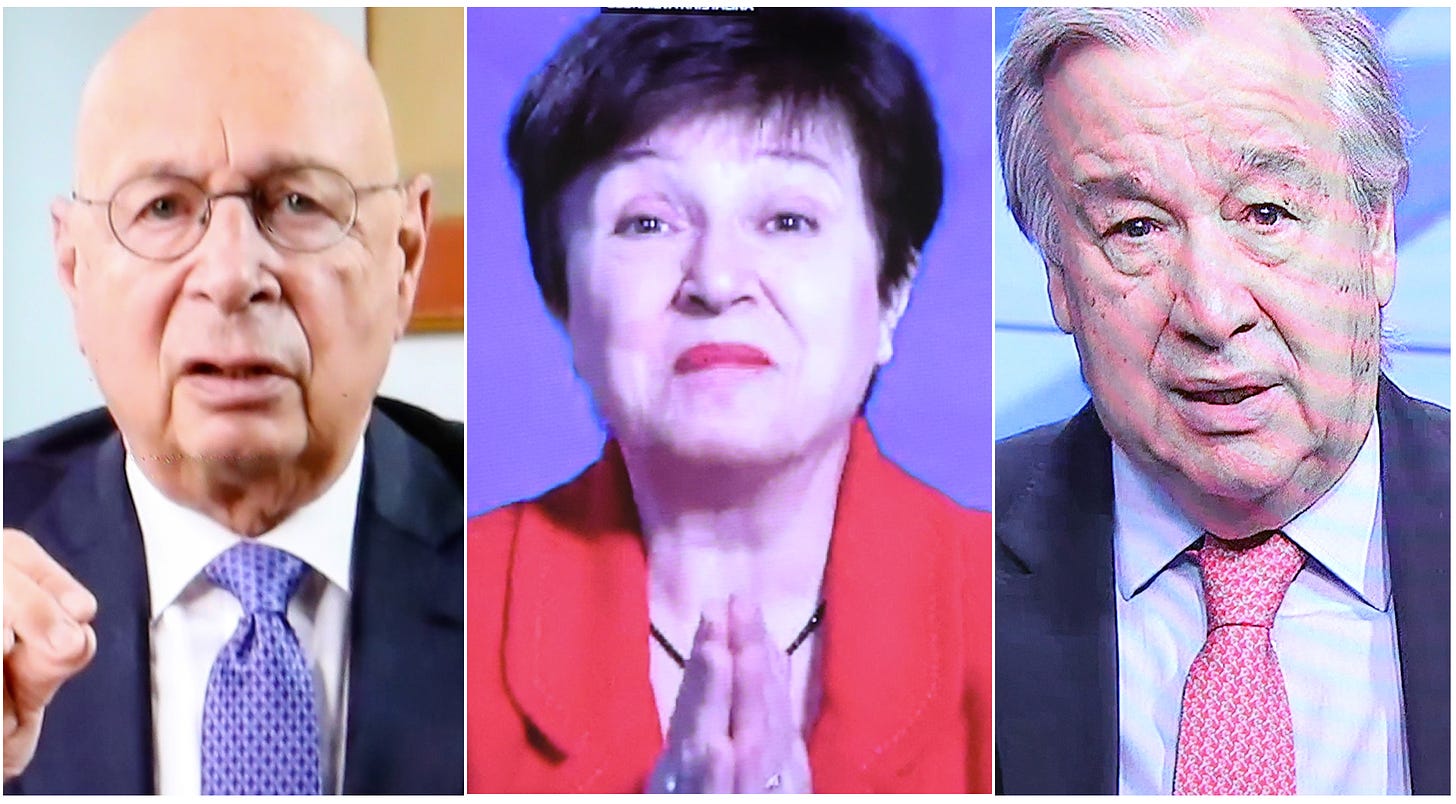

 Gates Foundation @gatesfoundation
Gates Foundation @gatesfoundation